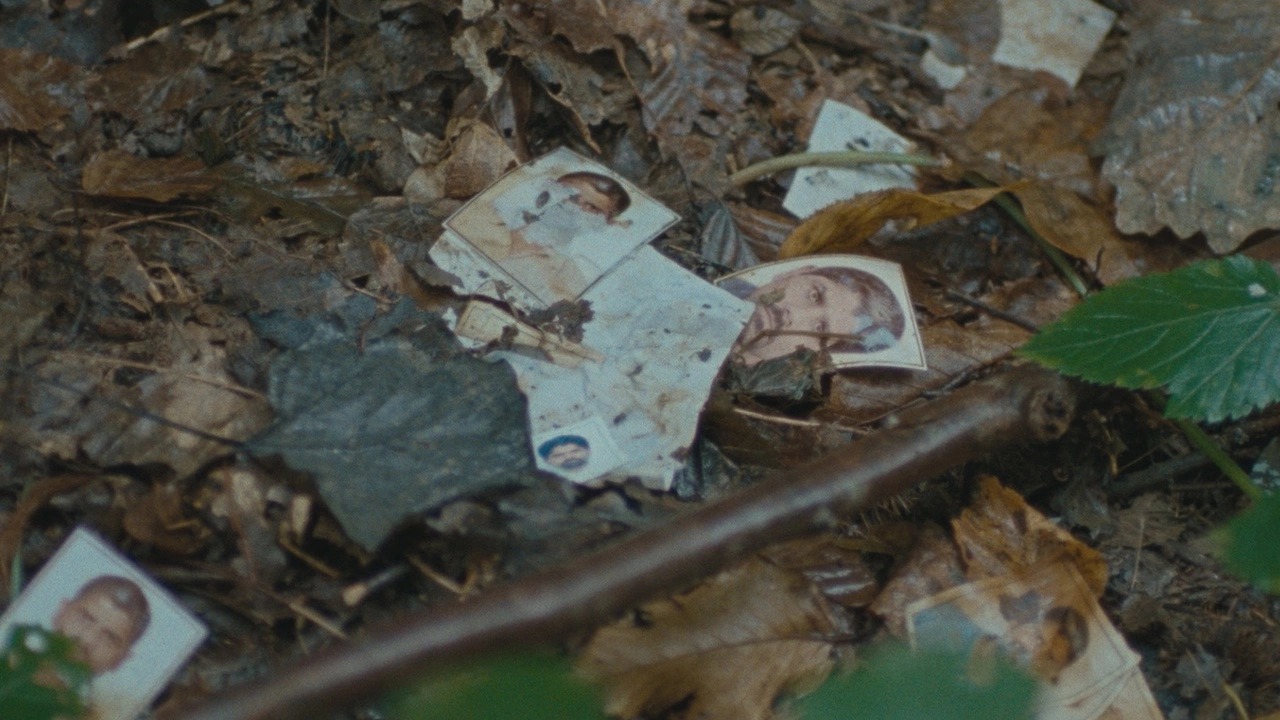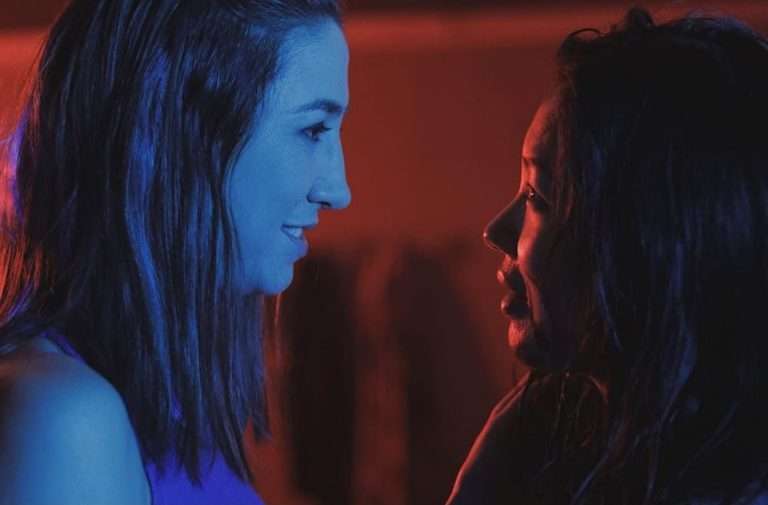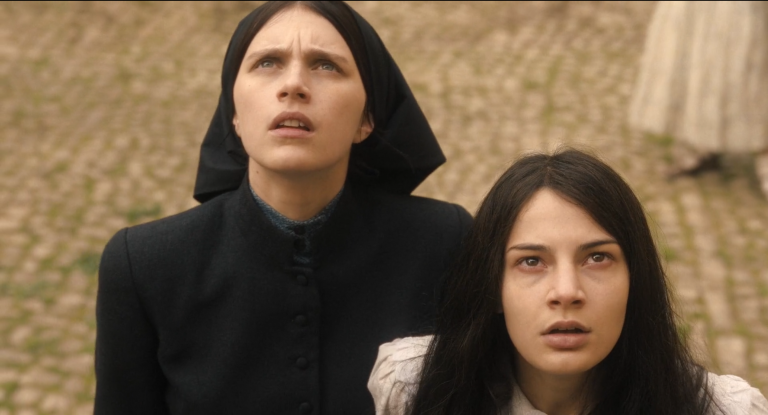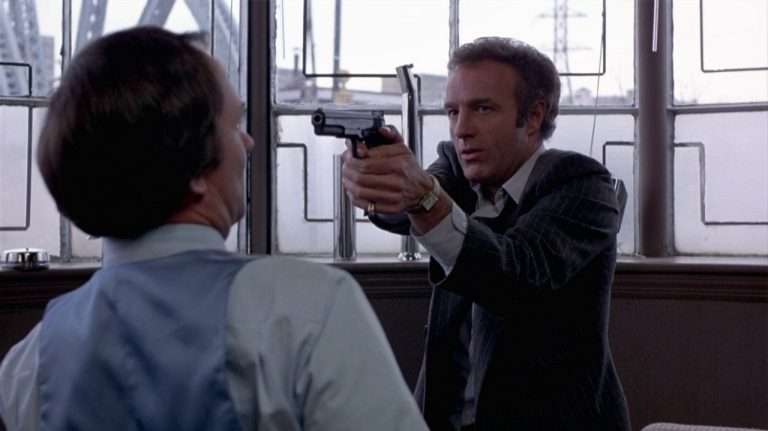Essayistic films can be tricky to navigate. How much space should the filmmaker leave to the audience in constructing impressions of a world they seek to foreground? At what point does the possibility of alienating the viewer widen, and the director’s control seems to frustratingly tighten? As experientially dense as it is stunningly unfettered, Nicole Vögele’s film The Landscape and the Fury resists easy viewing.
There’s a whole host of unpalatable realities couched within it, which the director slices through but never renders it less of a maddening maze it inherently is. Zeroing in on Ravnice, a border region between Croatia and Bosnia, the film circles the passing refugees and the area’s residents. In between, there are also bomb experts quietly appearing and readying the land. In spite of the film’s occasional detours into scraps of conversation among locals and migrants alike, it is more drawn to potent silences lodged in folds of landscapes and night-time streets, generating an unsettling kind of lull.
The experiences represented within the film are disconcerting, troubling, and mired with crippling uncertainty. The comfort of having a safe space is only fleeting. An old building doubles as a makeshift shelter, but only for a brief while before it’s time to make another move. Survival is laced with doubt. As migrants and their families cautiously hike past territories and fields pockmarked with mines, eviction looms large and heavy. The film refrains from a direct, clear visual encounter with these forceful removals of migrants that are carried out by the border officers at night. But their markers are ever-present throughout. Refugees’ cries make their way to us. The morning after, the camera roves over a few of their remains. Shoes, tattered clothing, and a battered phone are their only relics.
To say the film requires a fair share of patience would be an understatement. It is deliberately challenging, unafraid to cast a distance and deny the viewer a gradual ease of settling into its richly atmospheric rhythms. But this film quickly establishes its inclinations. We sense the shape of what we are stepping into. Several early sequences allude it’s not a film prone to rushing itself. In one, the protractedness with which a drifting cloud formation unfolds alludes to how the pace is more enduring in its repose than eager to bolt ahead. As the seasons flit by, there is nevertheless a subdued, melancholic strain of permanence to the disposability with which the migrants are officially handled.

The Landscape and the Fury is designed to be demanding and unrelenting. It is a call to defy a state of passivity. As opposed to the severity of restraint and limitation embedded in the migrant’s brutally unpredictable circumstances, the structure has freedom and daring adventurousness. Nicole Vögele doesn’t impose a rigidity of schematics but instead allows the viewer to wander through and pick on interpretive cues by themselves. As a director, she is audacious enough to let frustration trickle into the viewing experience.
Admittedly, it takes a while to enter the narrative. But it is this swirling restlessness, echoing the harrowing desperation of the migrants caught up in dangerously volatile situations, that becomes the film’s radically definitive spirit, which is never reluctant to push at the edges of a viewer’s attention. Initially, we may be disoriented, almost lost, and perplexed by how the film seems to randomly hurl us into disparately sprawled-out scenes. Slowly, however, the peculiarly immersive film creeps into the consciousness. Its unhurried scenes are overlaid with an abiding suggestion of the horror and despair leaking out from where we would rather not look. Images and sounds take on multiple layers of signification. We alternate between impatience and curiosity; this oscillation strikes a sharp balance.
Vast, rippling forest cover is framed as panoramic vistas. Long shots capture the expanse that surrounds the migrants, trying to forge a sense of shelter. Individuals are always placed as subjects within larger settings, deeply linked to their environment. This is why Stefan Sick’s camera habitually swoops in on scenes of regular domesticity, those of people going about their everyday lives and work, as well as zooms out to evoke a historically resonant reminder about the cyclicality of rootlessness. As bare the landscapes are, so is a certain distance between them and the camera firmly emphasized. A lot of this film acquires the phantasm of a residual quality, that of being left behind. This hovering sense of desolation haunts the film. A strange, eerie air permeates everywhere; sadness imperceptibly thickens long before someone recounts a devastating anecdote of an intimate loss.
Locals do their bit to provide food to the migrants. While they confess they’re able to help better if the number is low, they acknowledge how the refugees’ helplessness mirrors their own past experiences during the war. This very anguished connection could motivate the instinct for generosity. Though the film doesn’t accentuate the relationship between the locals and migrants, spare glimpses of it ring with sensitivity and authenticity.
There’s something redoubtable and studied about the film in its bridging the sweep and scale with a minute, granular sensory experience. As intensive and carefully considered every element of the aural design is, it rarely feels trapped within its formal edifice. Despite sticking to a muted form of utterance, The Landscape and the Fury has a gigantic, enormous scope of inquiry that unspools as being boundlessly alive to the tiniest flickering sensory moment.




![Arjun Reddy [2017] Review – Rebel without a Cause](https://79468c92.delivery.rocketcdn.me/wp-content/uploads/2019/05/Arjun-Reddy-high-on-films-768x510.jpg)
![Karnan [2021]: Prime Video Review – A Brilliant Subversion on the Community Saviour Template](https://79468c92.delivery.rocketcdn.me/wp-content/uploads/2021/05/Karnan-1-768x384.jpg)


